Ariella Pasackow ’18 left her previous position as Program Officer for RefugePoint to join The Sustainable Innovation MBA program. She was interviewed by Isabel Russell, an undergraduate at UVM.
Why did you choose to attend The Sustainable Innovation MBA program?
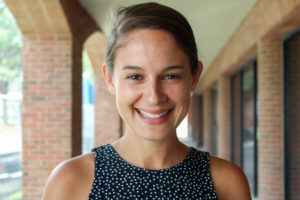
I grew up in Vermont, but built my career out-of-state and overseas, so The Sustainable Innovation MBA was the perfect bridge to return home and grow my professional network in Burlington. With a background in nonprofit administration and international development, I wanted to gain business tools and frameworks for growing sustainable enterprises and inclusive company cultures. I am passionate about social justice issues, gender equity, and refugee resettlement in Vermont, and plan to work in greater Burlington for the foreseeable future.
What has been your favorite part/element of the program thus far?
I have learned just as much from my peers as I have from my professors, and am so grateful for my cohort community. Unlike more traditional MBAs, we have cultivated an incredibly supportive learning environment, where all different types of learners can thrive. By building trust, respect, and strong interpersonal relationships, we have been able to communicate effectively through periods of stress, confusion, and anxiety. We cheered each other on before tests and presentations, and made sure to keep the the classroom energy high despite too many hours indoors.
What are three things someone considering the program should be aware of?
REST. Do whatever you need to do to take time off before the program starts, and allow yourself the time and space to transition. Classes start Day 1, and orientation is no breeze! Whether you are coming from undergrad or a career, moving across the country, or commuting from down the street, take time to rest and rejuvenate before the program starts. You will be nonstop for twelve months.
REFLECT. Taking one year out of your career to be a full-time student is an incredible privilege and opportunity. Don’t let the weeks slip away bogged down in the daily grind without reminding yourself why you are here, what you want to learn, and where you want to put your energy. You can’t do everything, but you can commit to prioritize, plan, and proactively work towards your personal and professional goals. The Sustainable Innovation MBA students have shared values, but often very different expectations for during and after the program. Celebrate this, and learn from each other.
PRIORITIZE TEAMS. Every module, you will be assigned a small group to work with for eight weeks on every class assignment and deliverable. Teamwork is both the most challenging and most rewarding part of The Sustainable Innovation MBA experience. It will be fun, frustrating, time consuming, and hilarious. You will design and create products you would never think of alone, and test processes and procedures on how to best work together, designate roles, delegate, and download. You will learn how to brainstorm without judgement, make decisions under stress, and maximize the quantity and quality of your work despite minimal time and resources. Individual assignments are few and far between, and readings can always wait until later. Your grad school success is dependent upon the success of your team. Cherish them.
How has the Sustainable Innovation MBA helped you?
The Sustainable Innovation MBA has introduced me to more people, ideas, and resources in the last eight months than I could have ever imagined. I have gained a vocabulary and confidence to ask questions and solve problems I had only thought about through a nonprofit lens. It has shown me the immense value of my previous work experience, and the endless possibilities for leadership, growth, and opportunities in sustainable business with a triple bottom line approach (people, profit, planet). The Sustainable Innovation MBA could have not come at a better time in my life as I seek to pivot into for profit ventures and social entrepreneurship. I am immensely grateful for my peers, professors, and alumni network that has grown to create a true community.

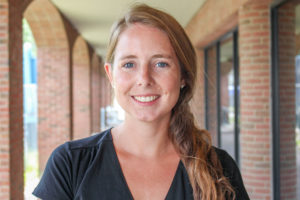
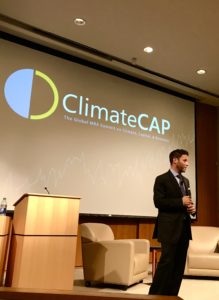
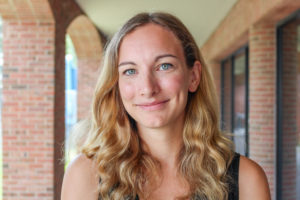 I always knew I wanted to get an MBA in the U.S. to learn all the necessary skills it takes to be an entrepreneur, but after working in an exclusively profit-driven environment, I wanted to make a career change and use my resources to do “something good.” I felt that The Sustainable Innovation MBA would teach me fundamental business skills and combine them with a sustainable perspective to create profitable businesses that benefit the environment and society — plus Vermont seemed like the perfect environment for a green MBA program.
I always knew I wanted to get an MBA in the U.S. to learn all the necessary skills it takes to be an entrepreneur, but after working in an exclusively profit-driven environment, I wanted to make a career change and use my resources to do “something good.” I felt that The Sustainable Innovation MBA would teach me fundamental business skills and combine them with a sustainable perspective to create profitable businesses that benefit the environment and society — plus Vermont seemed like the perfect environment for a green MBA program.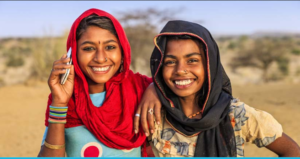
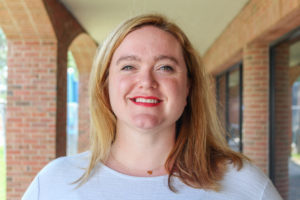
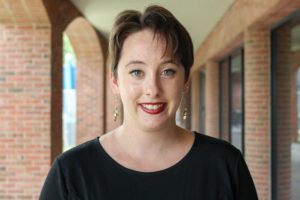 Why did you choose to attend The Sustainable Innovation MBA program?
Why did you choose to attend The Sustainable Innovation MBA program? Feedback is the breakfast of champions. Feedback is a gift. Without feedback, leaders are cut off from the lifeblood of an organization and their ideas and abilities will wither and die. These are the words of
Feedback is the breakfast of champions. Feedback is a gift. Without feedback, leaders are cut off from the lifeblood of an organization and their ideas and abilities will wither and die. These are the words of 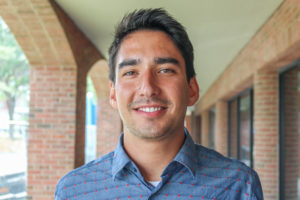 I chose to attend The Sustainable Innovation MBA program to gain the tools necessary to make an impact on the world. More specifically, I attended this program because I wanted to learn how I could use business as a tool to increase the impact I could have with my environmental biology degree.
I chose to attend The Sustainable Innovation MBA program to gain the tools necessary to make an impact on the world. More specifically, I attended this program because I wanted to learn how I could use business as a tool to increase the impact I could have with my environmental biology degree.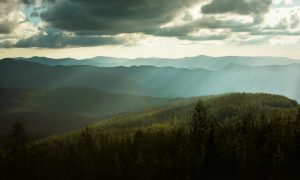 The opportunity that comes with a one-year program is that there is going to be more information coming at you then you can take in.
The opportunity that comes with a one-year program is that there is going to be more information coming at you then you can take in.